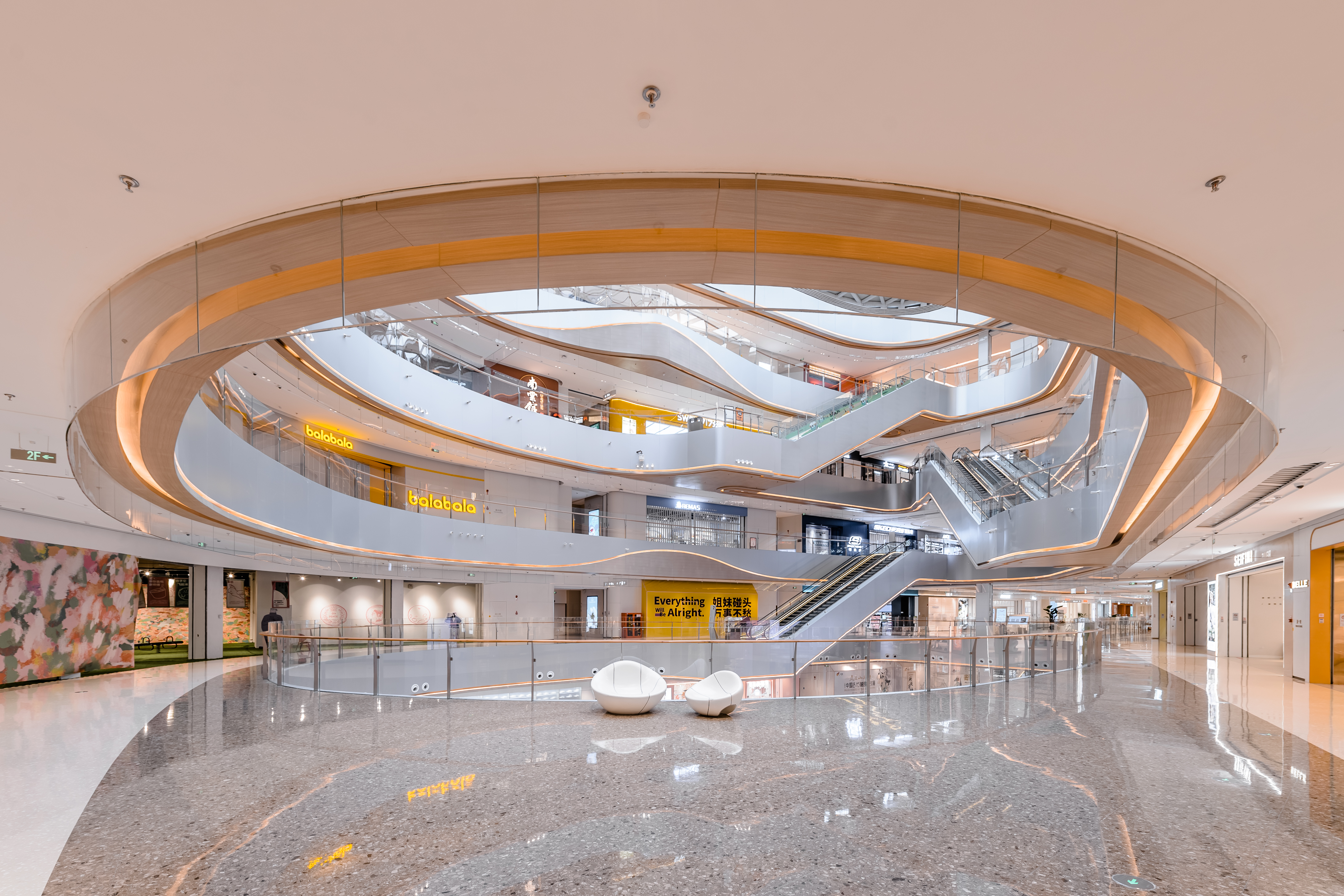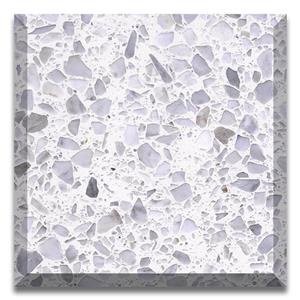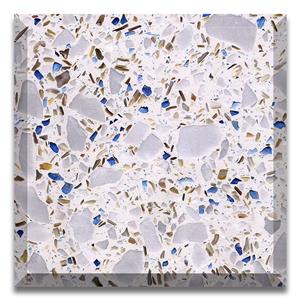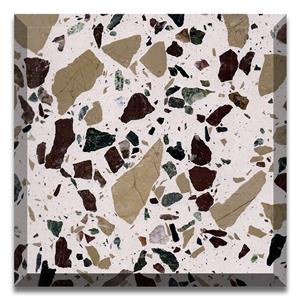Inorganic terrazzo history
Inorganic terrazzo history
Terrazzo is a flooring material that is composed of chips of marble, glass, or other materials set in concrete or epoxy. Inorganic terrazzo, which uses primarily inorganic materials, has a long and interesting history.

The origins of terrazzo can be traced back to ancient times, when Venetian workers used leftover marble chips from the construction of buildings to create a type of flooring that was both durable and attractive. This technique was refined over the centuries and became popular in the 18th and 19th centuries as a way to decorate palaces and public buildings.
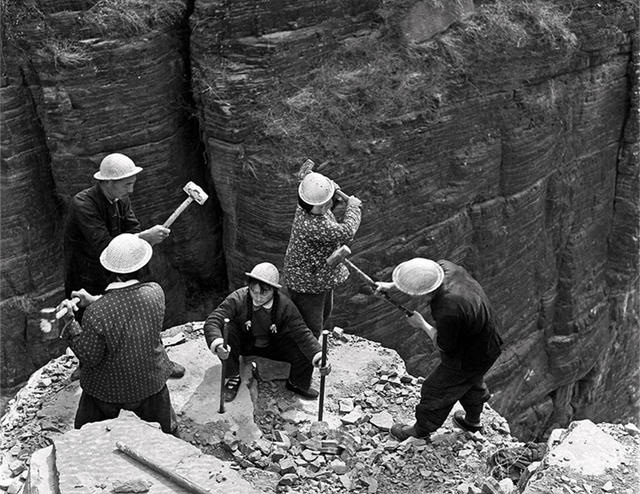
In the early 20th century, inorganic terrazzo began to be used in the United States as a flooring material for public buildings such as schools, hospitals, and government buildings. This was due in part to the fact that it was durable, long-lasting, and easy to clean. Additionally, the use of inorganic materials made it resistant to moisture and staining.
In the 1920s and 1930s, terrazzo experienced a surge in popularity in the United States as Art Deco architecture became fashionable. Many Art Deco buildings featured terrazzo floors with intricate patterns and designs. Terrazzo also became a popular flooring material for mid-century modern homes and buildings.
Today, inorganic terrazzo remains a popular flooring material for a variety of commercial and residential applications. It is appreciated for its durability, versatility, and design flexibility, as well as its ability to be customized to fit a wide range of design aesthetics.

